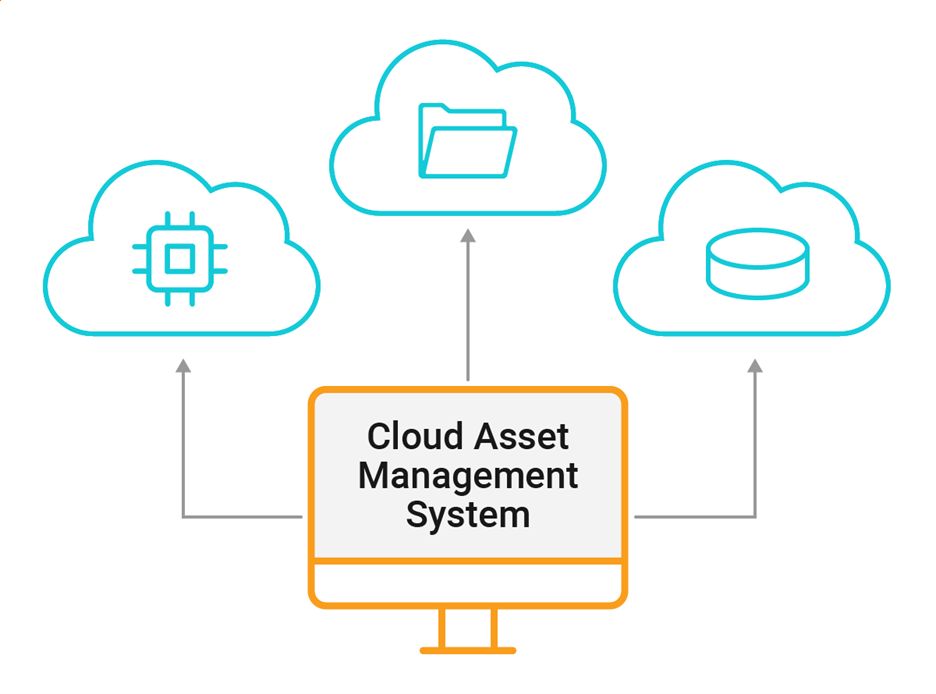Cloud adoption has grown in recent years. From organizations developing a cloud-native strategy to those focused on cloud migration, there are many different ways to consume the cloud.
No matter the reason for choosing the cloud or how organizations get there, many overlook one critical piece of the puzzle: cloud asset management. Have you been frustrated by figuring out what you have deployed in what cloud? If so, you're not alone. Let's examine why this is so important.
What is Asset Management in Cloud Computing?
Cloud asset management is the process where organizations keep track of their inventory in the cloud. This is important for many reasons, such as meeting regulatory and audit requirements, ensuring smooth operations, and keeping cloud costs in check.
When it comes to the cloud, many workloads have multiple components requiring careful tracking. A complete cloud inventory can help organizations make better business decisions and quickly troubleshoot issues in their environment.
What is a Cloud-Based Asset Management System?
A cloud-based asset management system is a system capable of obtaining and keeping track of inventory information for cloud-based systems and components. Since many cloud environments change so rapidly, a cloud-based asset management system is vital for ensuring inventory information is always kept up to date. It also tracks assets throughout their lifecycle, which is essential for keeping things cost-effective in the cloud.
Whether deployed on-premises or 100% in the cloud, this area can be overlooked and comes with some challenges. Suppose an organization is used to relying on spreadsheets for asset management. In such a case, this model becomes quickly inefficient and unusable when applied to the cloud, especially if the cloud is used for rapid testing and development.
 Figure 1 – A cloud asset management system with inventory from multiple cloud providers
Figure 1 – A cloud asset management system with inventory from multiple cloud providers
What Are the Benefits of Cloud Asset Management?
There are many benefits organizations may not realize when choosing a cloud asset management solution. Let's take a closer look at them.
More Powerful Automation
What is the best part about automating your cloud asset management?
More powerful automation. We can streamline our automation processes by ensuring assets are discovered in real-time in the public cloud.
For example, we may have processes that rely on each other for rapid development and testing. An automated asset management solution will ensure each stage of the process has what it needs to continue and provides visibility into everything deployed.
Always Accurate Information
Accurate information is important to make better business decisions, especially when it comes to the public cloud. Organizations using a
multi-cloud strategy often find it challenging to track what is deployed where, especially with inter-cloud dependencies.
With accurate information, operations and activities can be streamlined no matter where an application is deployed, even across several different clouds.
There's nothing more frustrating than trying to figure out what's been deployed and where and logging into multiple cloud consoles to accomplish this—I know this first-hand, as I've been in the situation. This is where inventory management can make things easier for operations teams.
Enhanced Security
To ensure our assets are secure, we first need to know what they are. We must ensure we're protecting them with up-to-date data protection policies and constantly checking inventory for vulnerabilities.
An asset management solution helps us keep track of all the pieces of the puzzle, especially if we encounter a security event. Having all our asset data in one place can help organizations respond to incidents quickly.
Reduced Costs
Consuming cloud services often benefit organizations, but costs are always a concern. Maintaining an up-to-date asset inventory can go a long way toward optimizing our organization's costs.
An up-to-date cloud asset inventory can translate to cost savings. It allows organizations to see
their cloud assets in one place, and it leads to better decisions on what should be deployed and where. It also allows admins to keep up to date with application workflows and lifecycles.
Choosing the Best Asset Management Software
A streamlined cloud asset management system brings many benefits to an organization. But it's crucial to pick the right solution that can support assets wherever they’re located in an environment, including on-premises, in the public cloud, or in a hybrid infrastructure. The right solution will allow you to keep an up-to-date inventory, no matter where you are in your cloud adoption lifecycle.
When you're looking for a solution to automatically keep your cloud asset inventory current,
SolarWinds® Service Desk is a cloud-based, AI-powered ITSM platform built for employee service and IT asset management (ITAM), including asset discovery for components in the cloud. Service Desk is also built to
integrate with the SolarWinds® Hybrid Cloud Observability to provide closed-loop service management with automated incident creation designed to accelerate issue resolution.
 Figure 1 – A cloud asset management system with inventory from multiple cloud providers
Figure 1 – A cloud asset management system with inventory from multiple cloud providers








